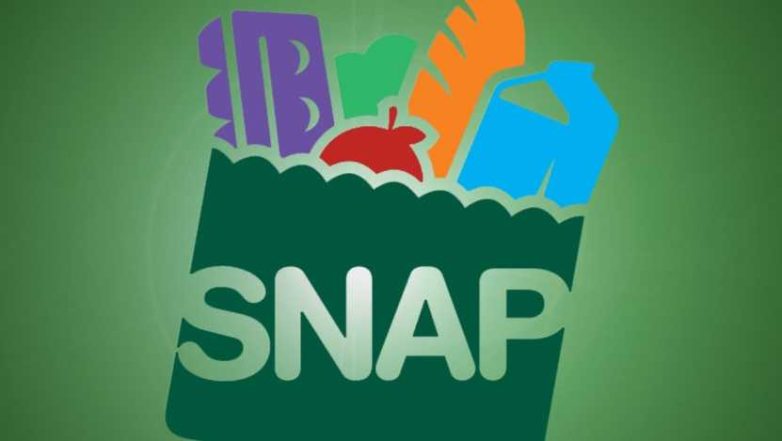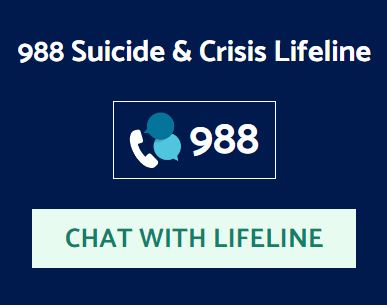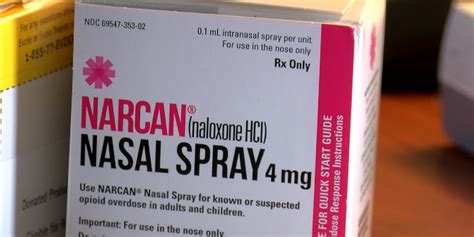As you all know we have been following the situation at the jail for several […]
Category: Health
Horrific Conditions In Rutherford County Jail
I have repeatedly written about my concerns in the jail over the years. Since Sheriff […]
Extra Federal Food Benefits Due to COVID-19 Will End in March
Los beneficios federales adicionales de alimentos debido a COVID-19 se terminarán en marzo In North […]
NCDHHS Announces Funds for Collegiate Recovery Programs to Support Students with Substance Use Disorders
The North Carolina Department of Health and Human Services has awarded more than $3.2 million […]
NCDHHS Offering Free Residential Radon Test Kits Governor
Governor Roy Cooper proclaimed January as National Radon Action Month to help educate people about […]
Thousands of veterans deluge VA with claims for toxic exposure benefits, health care
WASHINGTON — The U.S. Department of Veterans Affairs is processing claims at the fastest rate […]
NCDHHS Refreshes COVID-19 Dashboards To Enhance User Experience
Raleigh Nov 8, 2022 The North Carolina Department of Health and Human Services is refreshing […]
Talking About Suicide
The U.S. had more than 45,000 suicide deaths in 2020, and millions more Americans reported having had […]
Advisory: Detention Center Investigation into Inmates’ Overdoses
On August 22, 2022 an investigation revealed that a total of four inmate’s, at the […]
Governor Roy Cooper Comments on Judge Reinstating 20-Week Abortion Ban
Raleigh Aug 17, 2022 Today, Governor Roy Cooper issued the following statement in response to […]









